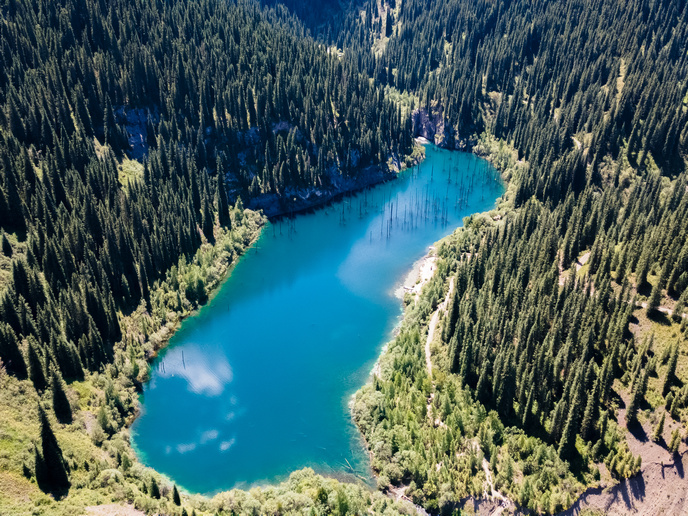Monitoring European water quality from space
Europe is rich in lakes and open surface water reservoirs giving us fresh drinking water. Monitoring water quality can be arduous and time-consuming, but advanced technology offers water utility companies a way to check open surface water reservoirs from a distance. In the EU-funded WQeMS project, researchers took advantage of the EU’s Copernicus satellite programme to deliver a new modular and adaptable operational water quality emergency monitoring service. WQeMS can be used to monitor flood events, provide alerts about quickly developing phenomena such as harmful algal blooms, mud inflows, oil spills or other pollution, and support sustainable water management towards reaching the EU’s set objectives. ”During the project a continuous and iterative co-design and co-creation approach took place with water utilities and relevant governmental agencies,” explains Ioannis Manakos, principal researcher in remote sensing at the Centre for Research and Technology Hellas.
Drawing on Europe’s satellite network
The WQeMS service elements rely on frequently acquired space-borne Copernicus data from the Sentinel-1 and -2 satellites. The team initially consulted end users to conceptualise the project. Estimation of water quality features began using existing algorithms and software employed by the private sector and research facilities. These were then further improved through numerous experimentations and iterations in the project benefiting from the latest developments in data retrieval from space, airborne and in situ sensors and analysis, while adjusting the knowledge generation system to specific user needs.
Field experimentation and a new platform
New software emerged. This was then tested in five areas across Europe in real-field conditions to prove the system’s concept and efficiency. “Another three areas were introduced during the last year of the project to showcase and verify capacity, credibility and transferability of the service elements,” adds Manakos. The latest semantic standards and informatics tools were applied, exploiting European infrastructures, such as DIAS, to generate this new modular, adaptable and easy-to-use operational platform. The WQeMS platform can deliver multiple services and products to a range of existing decision support systems, to either a machine or a human, according to market standards and within a competitive timeframe and cost. It is fully adaptable, and service elements can be tuned upon request by users. Water companies can easily follow self-explaining pathways across the WQeMS online platform to make their requests, including specific data, alert systems, visualisations and customised reports. They can provide and access information through a dedicated app. “Users can also enjoy domain-oriented user-specific free online capacity building, service guidelines and http://wqems_dissemination@iti.gr (support),” notes Manakos.
A system already in operation
The project delivered a range of important results, including several new technological improvements in full compliance and interoperability with international requirements and EU policies, and increased efficiency for monitoring and capacity building for its users. This includes the ability to work across borders and monitor difficult-to-access or unevenly shaped open surface water resources. The WQeMS system was selected for candidacy at the prestigious Water Europe Global Water Challenges Award.
Keywords
WQeMS, water, monitoring, space, satellite, drinking, flood

